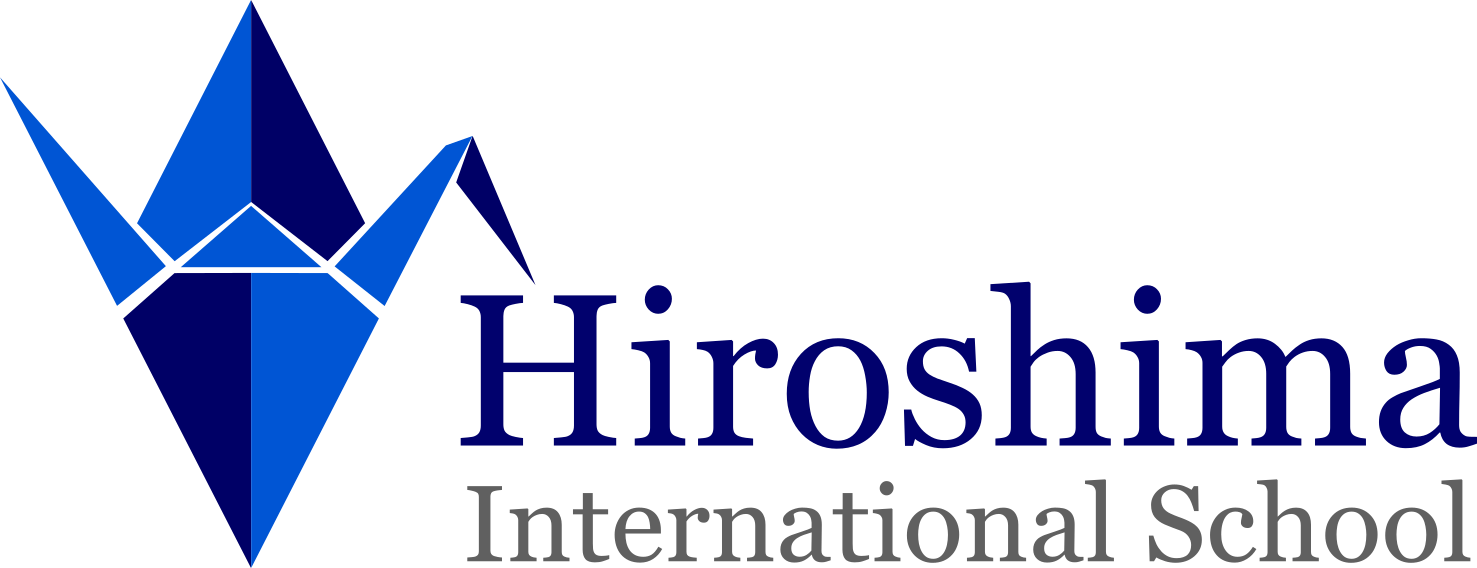Critical thinking is an interesting word when it appears in translation. It is commonly referred to as one of the key skills needed to prepare children for the 21st century, which seemed like such a long way away, but now happens to be nearly eighteen percent over. For this reason, we are no longer just preparing children for the 21st Century. We are living it and should actually be preparing for the 22nd Century.
As part of this preparation for a rapidly changing world, we send our children to school to learn, but learn what? They learn content that is divided roughly into academic disciplines, but as a parent, it is not so much what your child is learning that should interest you, as most of it can be Googled, rather you should be interested in what they can do with that content. How does it help them to come to understand their world?
Above the subject-based content, there is a set of skills that are encountered across all subject areas. One of those is critical thinking. Critical thinking skills help to ensure that you are sensitive to the intentions behind the different information that bombards you. In its English form, the term does not have a negative connotation, yet in its Japanese form, the meaning of critical thinking does not translate so smoothly. It seems that this slight problem of translation is causing mixed-feelings in the Japanese school system with moves to bring a more critical perspective into approaches to teaching and learning in Japanese classrooms.
Critical thinking is not about finding something wrong, or inherently bad. We understand that the basis of communication is intention and interpretation. Developing critical thinking skills is about discerning oftentimes subtle intentions in messages that may not be readily apparent. The portrayal of body image in the media is an example of one of these types of messages. Communication in all its forms is intentional to a degree, but messages are interpreted in many different ways by the audience, so if our children are going to understand their world they need to be able to think critically. As a number of Japanese schools embrace the International Baccalaureate programs, teachers and school administrators may need to revise their understanding of critical thinking and shift their deeply embedded styles of teaching and learning.
Critical thinking skills allow children to discern intent and form more independent ideas. The process does, however, necessitate students challenging the content they are exposed to, questioning the texts they use and the words of their teachers. Of course, more didactic teaching methods and content-driven, memory-based approaches to teaching and learning will not foster critical thinking. The question that confronts us is how far will school systems be willing to bend and shift in order to develop these all-important critical thinking skills? Do we really want our children to be able to question the world? If so, our school systems have some work to do.
クリティカルシンキング – 批判的思考
急速に変化し続けている世の中において、私たちは一体何を学ばせるために子供を学校へ行かせているのでしょうか。子供たちは学んでいます。しかし子供たちが学んでいる内容は、今の時代ネットで検索すれば出てくるであろう内容を多く含んでいます。親は子供が何を学んできたかよりも、むしろ学んだことで何ができるのか、またどうすれば子供たちは自分たちが生きている世界を深く理解できるようになるのか、ということにより関心を持つべきではないでしょうか。
科目ごとの内容を超えて、全ての科目においてカバーされるべきスキルがあります。そのスキルの一つがクリティカルシンキングです。クリティカルシンキングスキルにより、情報の裏側で意図している内容にまで敏感になることができます。クリティカルシンキング(批判的思考)という言葉は、和訳では少し否定的な意味合いを含みますが、英語では否定的な意味合いはありません。ピッタリの和訳ができないことにより、クリティカルな思考を学校授業へ取り入れることに少し複雑な感情を抱かれる方がおられるかもしれません。
クリティカルシンキングとは、何か粗を探すとか、間違いを批判することではありません。コミュニケーションとは、自分が意図したいことを伝え、説明することだと思います。クリティカルシンキングスキルを磨くとは、容易には理解しにくいメッセージの中にある、微妙に意図されたことを見抜けるようになることです。いかなる形であれ、コミュニケーションはある程度、意図的に自分の意思が伝わるように行われますが、聞き手によってそのメッセージはさまざまな形で解釈されることがあります。子供たちが世の中を理解しようとするならば、やはりあらゆる側面から批判的に考えることが必要なのです。現在、日本国内で国際バカロレアが注目を集めています。それに伴いクリティカルシンキングの理解が深まり、クリティカルシンキングのティーチングスタイルがより取り込まれることになるかもしれません。
クリティカルシンキングスキルは、子供たちにもっと自由な形で物事を理解する力を育んでくれます。しかし自分が発する内容を考えることや、自分が発する言葉や先生が言われる事柄への疑問を持つなど、子供たちにとってはチャレンジになることでしょう。講義形式や記憶重視型アプローチではクリティカルシンキング能力は育ちません。これからの子供たちが、このグローバル社会で生き抜いていくには、あらゆる角度から物事をとらえ、批判的に考える力を育むことが求められるのではないでしょうか。
(Originally published in Mamanpere, 2017)
